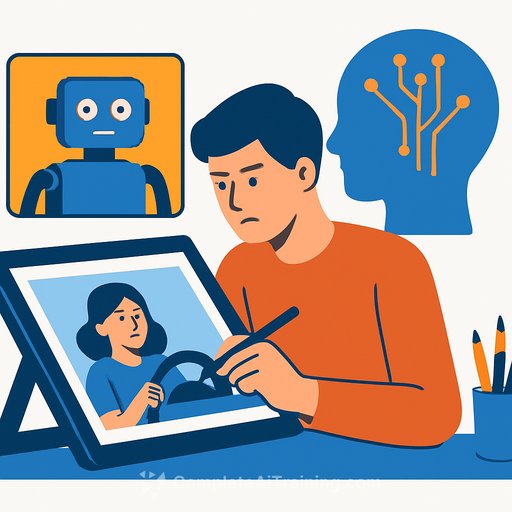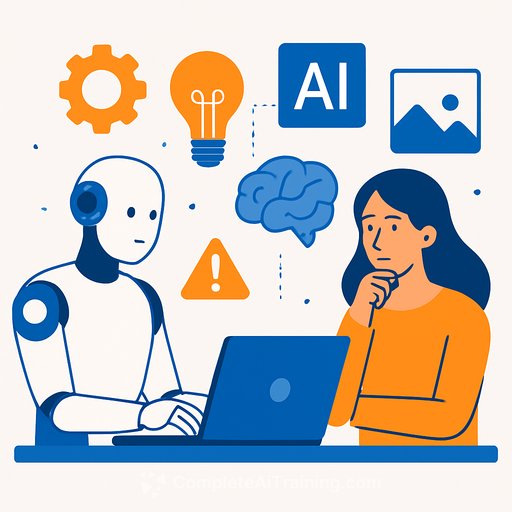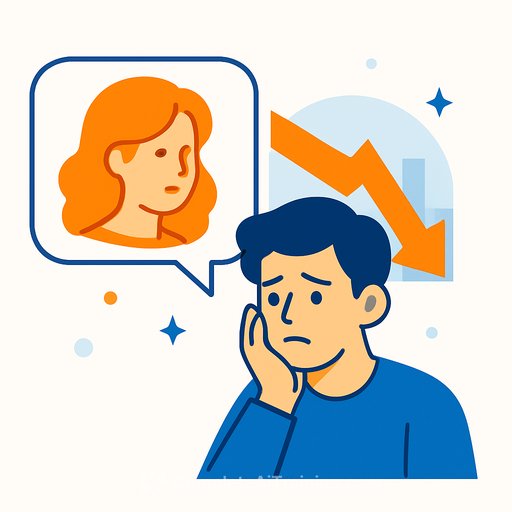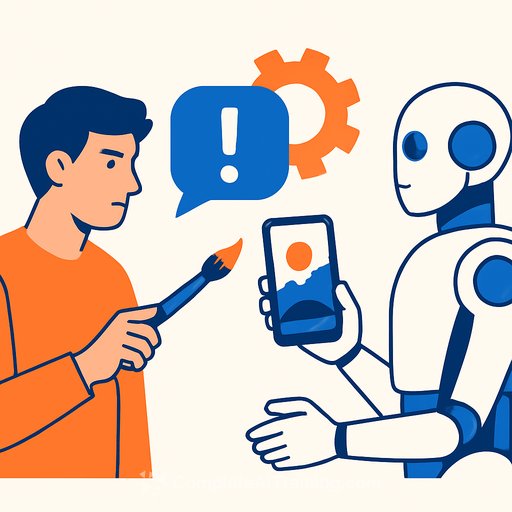AI Isn't "Just a New Paintbrush" - It's a Labor Issue
The tidy line you'll hear is that generative AI is just another tool. Photography didn't kill painting. CGI didn't kill acting. So why worry?
Because that analogy ignores labor. The fight isn't about change. It's about who benefits from it, who pays for it, and who gets squeezed in the process.
What Creatives Are Facing Right Now
Animators and CGI artists are already seeing the fallout. Clients arrive with AI-made mood boards and expect pixel-perfect replicas-faster and cheaper than before. Once the project starts, expectations expand as if outputs should roll at the speed of a prompt.
"It feels like AI is teaching them that this stuff can be generated really quickly, but it can't," said Sam Mason, who's directed animated music videos and worked with major brands. "They still can't get the AI to do a finished result. But it devalues the whole process by creating this expectation that an artist can create an infinite amount of possibilities in a short amount of time."
The Ethics Problem You Can't Ignore
Most image and video generators were built on massive scraped datasets-no permission, no consent. Studios are pushing adoption anyway, even when artists raise valid concerns about the source of the training data.
"The most ethical and practical solution is to train models on your own work," said Saad Mosajee. "Unfortunately, accountability in terms of data sets and training models hasn't gained traction. It's unfair because a lot of these people never consented to their work going into these models."
Want a baseline on where the law currently stands? See the U.S. Copyright Office's AI resources here: copyright.gov/ai.
Reality Check: AI Often Doesn't Save Time
Some clients force AI into the process assuming it cuts cost. Often, it does the opposite-more revisions, more cleanup, more time sunk into tools that don't deliver final-quality work.
One animator shared that a client was fixated on AI, so he did the project traditionally and told them AI was used. The work got done on time and on budget. Not ideal-but it shows how distorted expectations have become.
What Artists Actually Need From AI
"For traditional visual artists to have any use for these tools, they need to be built to interface with physical skill-based inputs like drawing, sculpting, and performance," said Isaiah Saxon. That means pens, puppetry rigs, motion, craft-not a text box dictating your style.
Until these tools exist at a usable level, the healthiest stance is practical, not purist: use what helps, reject what harms, and protect your process and rates.
A Working Playbook for Creatives
Set Expectations Upfront
- Scope clearly: Define deliverables, rounds of revisions, and what "done" means. Put mood boards "for reference only."
- Timeboxing: Quote realistic timelines tied to the actual craft, not prompt-speed fantasies.
- Change orders: Anything beyond scope triggers a paid change order. Put it in writing.
- Rate premiums: Ultra-fast turnarounds cost more. Add a rush fee.
Contract Clauses That Protect You
- AI expectations: "I reserve the right to choose tools. Generative AI may not reduce scope, timeline, or cost unless specified."
- Data ethics: "No datasets trained on copyrighted work without consent. Client warrants rights to all supplied references."
- Attribution and reuse: Define credit, model training rights, and whether your work can be used to train any model (default to no).
- Source delivery: If the client asks for training-ready files, it's a separate license with a serious fee.
Scripts You Can Use
- "AI can help with ideation, but final-quality animation still takes skilled labor. If we push for AI-generated detail at this quality, the timeline and cost actually go up."
- "If you want the AI look, we can simulate it, but it won't be cheaper. The cleanup and art direction are the heavy lift."
- "Let's pick a single visual direction from your references. Unlimited exploration isn't feasible without a discovery budget."
When to Use AI-and When to Skip It
- Use it for: quick thumbnails, layout tests, color passes, or utility tasks (masking, roto) if it saves time without risking IP or quality.
- Skip it for: signature style, character animation, final frames, and any work where your process is the point.
Plenty of artists avoid AI on personal projects. Not just because the tools are inconsistent-but because the process feels empty. As one artist put it, the joy is in building sets, sculpting, performing, and collaborating. If a tool dulls that energy, it's a bad trade.
Client Education That Actually Lands
- Show a simple side-by-side: AI concept vs. production-ready frame. Explain the gap in hours, not theory.
- Turn their AI mood board into three focused directions. Price each option clearly.
- Offer a paid "AI exploration" phase if they insist-cap the hours and define the output (not the result).
If You Want to Skill Up (Without Burning Out)
Stay current on tools that genuinely help your craft, not just the hype. Curated picks by role can save time: courses by job.
What a Better Future Looks Like
Ethical datasets. Tools that plug into drawing tablets, puppetry, performance, and 3D workflows. Interfaces built for artists-not for managers trying to compress budgets.
We don't need slogans about progress. We need standards, contracts, and tools that respect the work. Until then, treat AI like any other client request: useful sometimes, risky often, and always worth pricing properly.
Your membership also unlocks:






